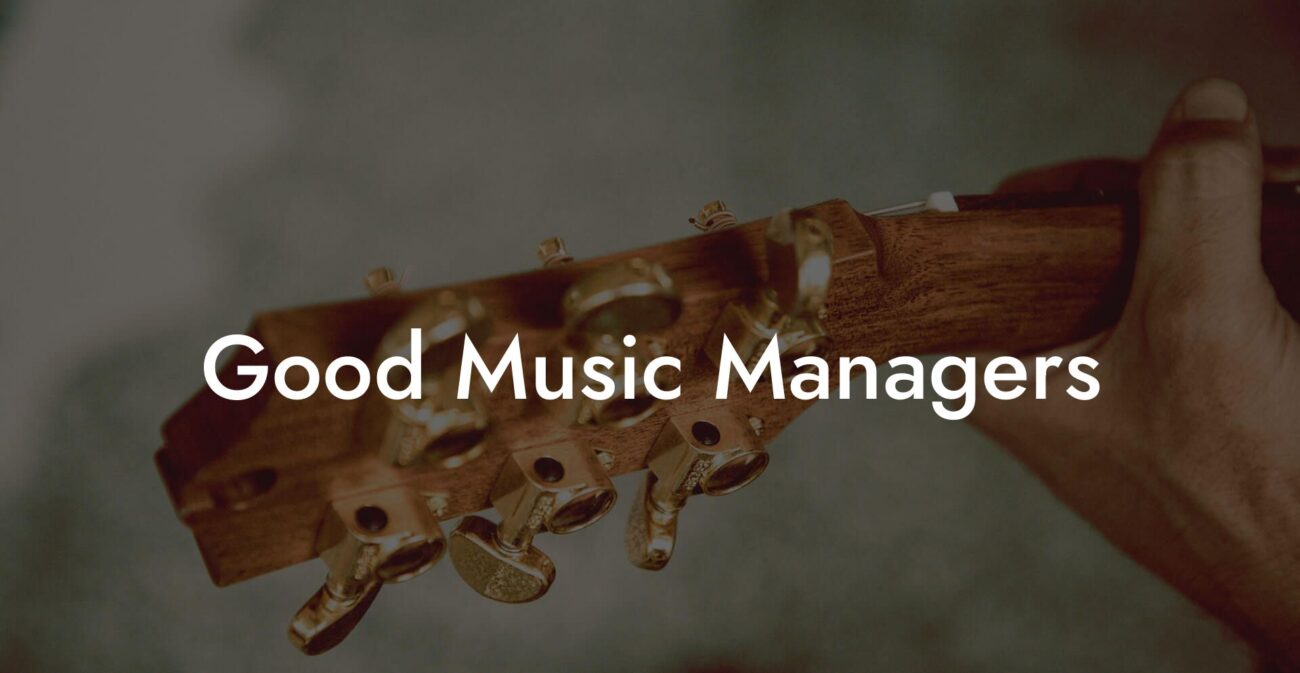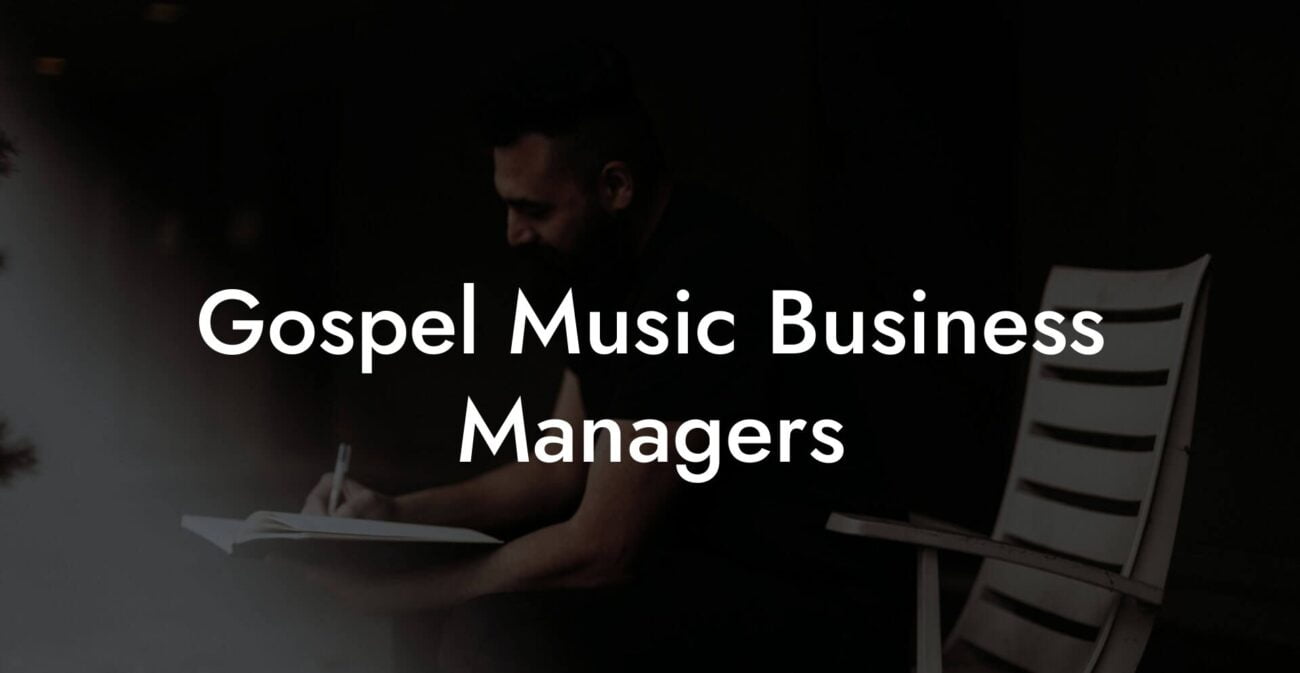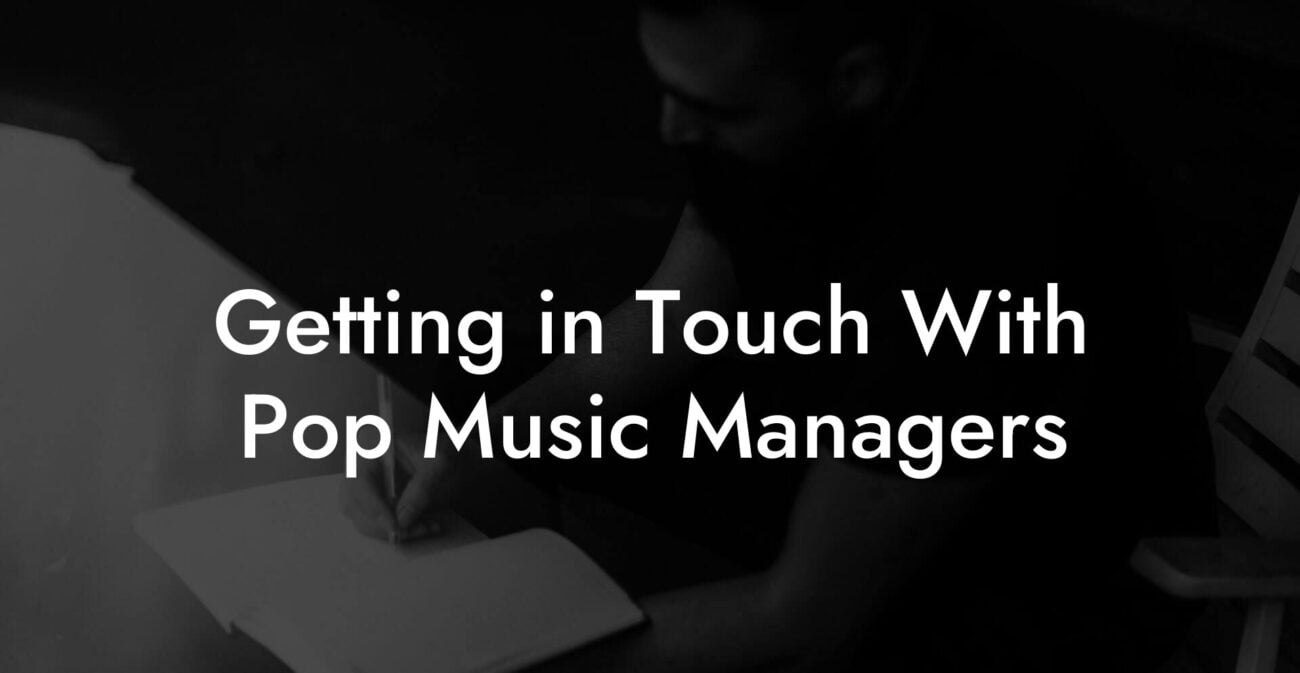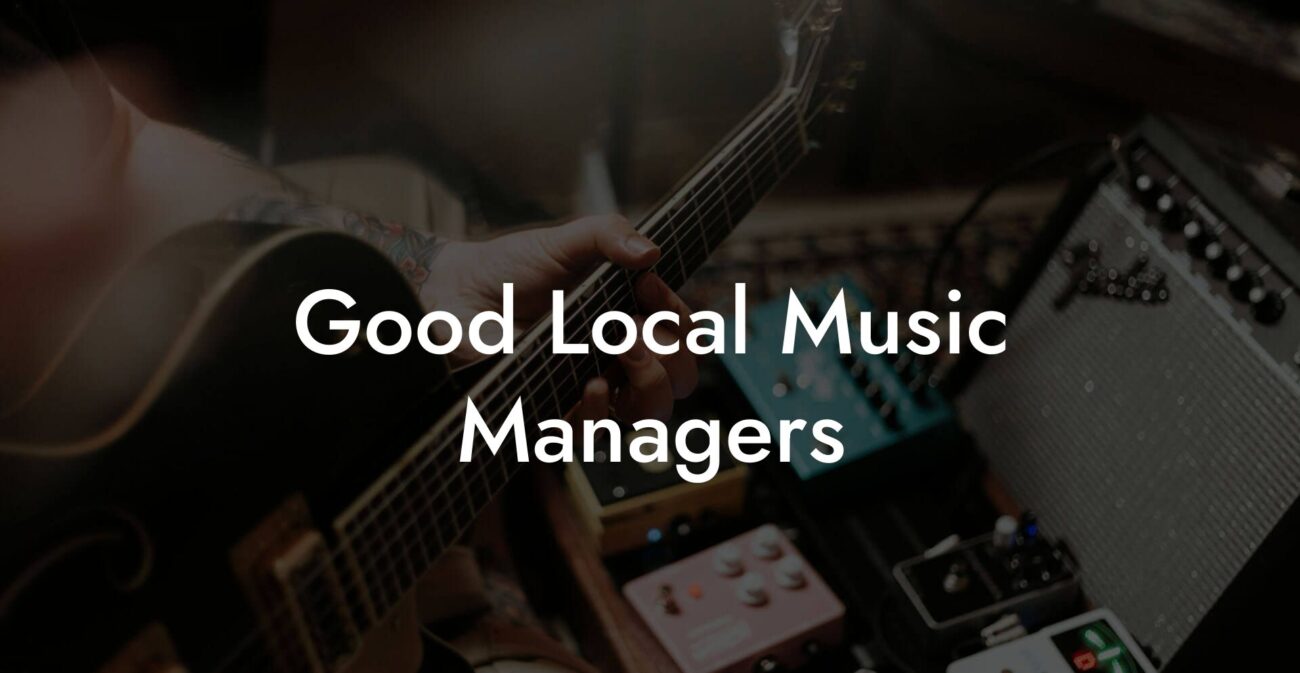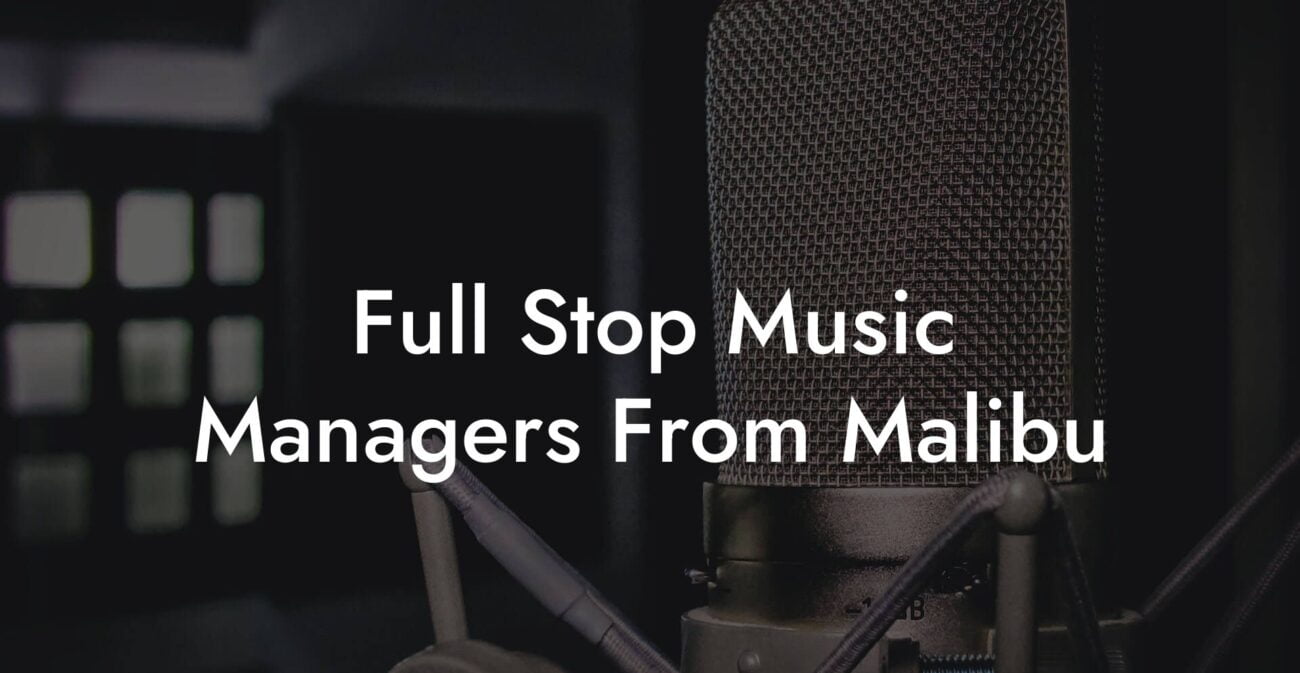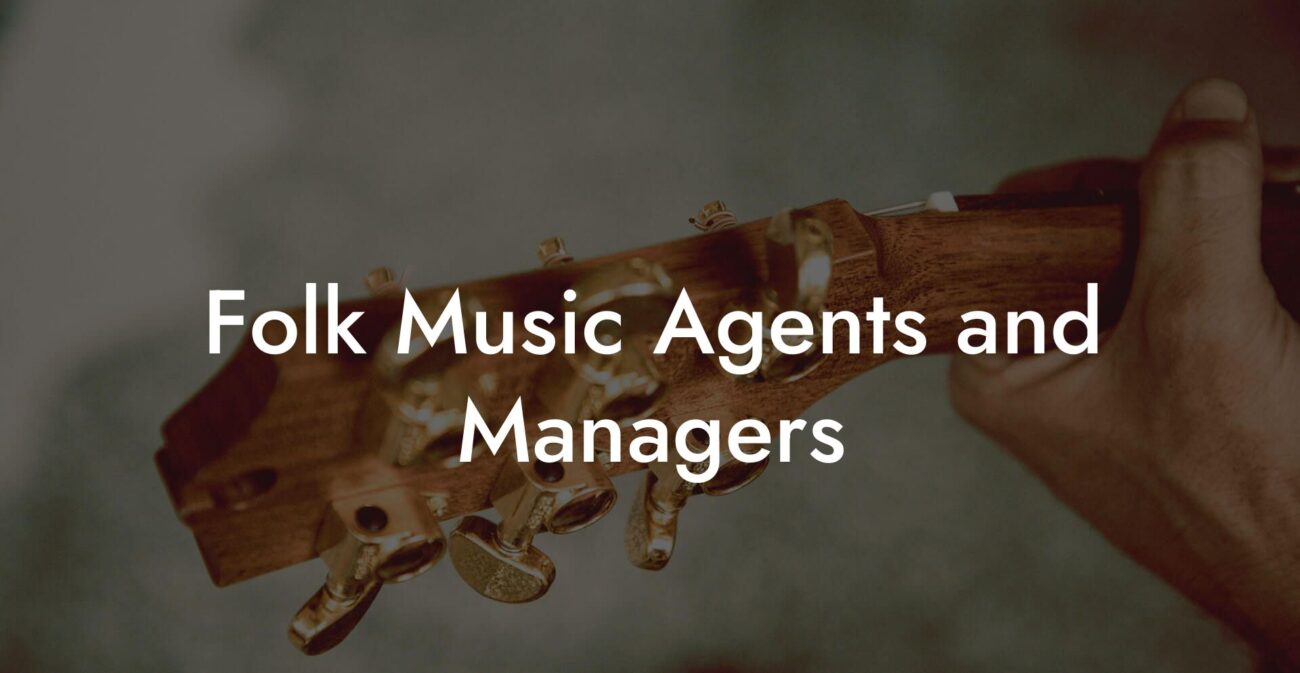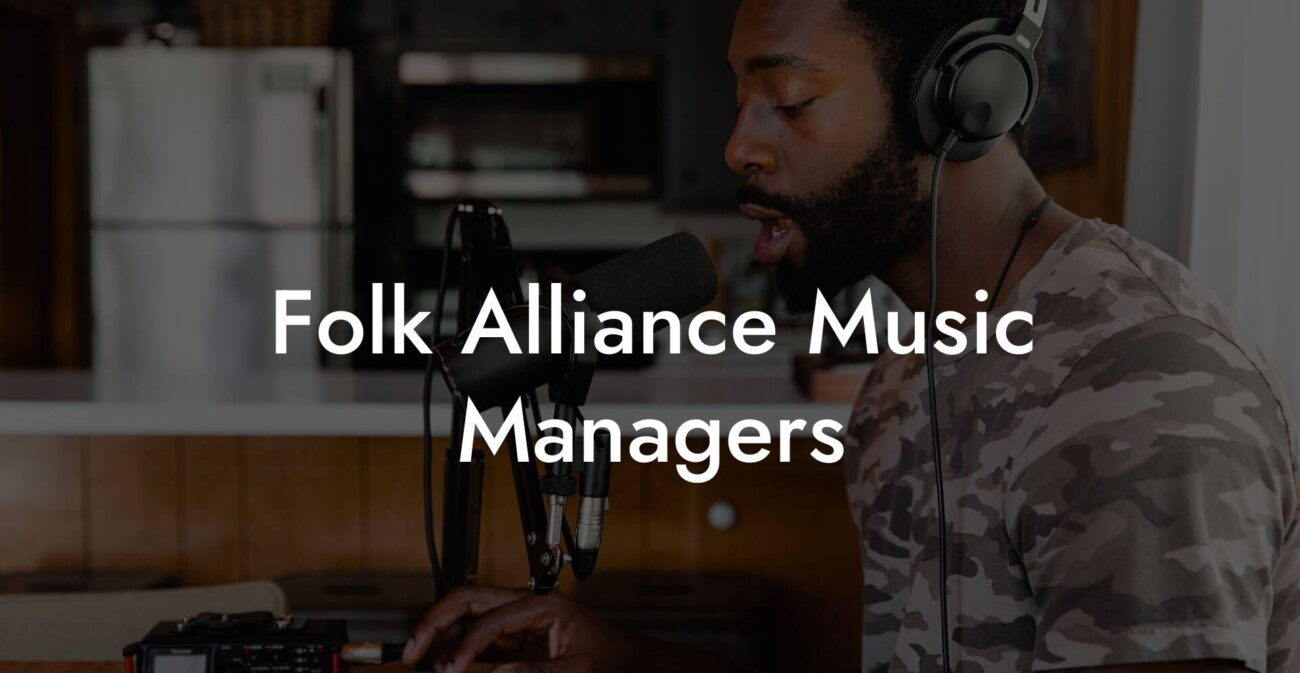Songwriting Advice
Structure Of A Song

You know that electrifying moment when a melody, a set of lyrics, and an irresistible beat coalesce into a masterpiece? It’s almost as if the song writes itself, but the secret sauce is the artful structure behind it all. Dive into the world of songwriting where every verse, chorus, and bridge plays a pivotal role, much like the carefully chosen ingredients in your favorite artisanal latte. Whether you’re a bedroom producer or an aspiring chart-topper, understanding song structure is the ultimate backstage pass to crafting memorable tracks that resonate with today’s music lovers.
Looking to write your next song? Transform your creative ideas into songs that people will love, and skyrocket your music career with Lyric Assistant. The perfect songwriting assistant. Find out more →
Quick Links to Useful Sections
- What Is Song Structure and Why Should You Care?
- The Core Elements of a Song: Your Musical Building Blocks
- 1. Introduction (Intro)
- 2. Verse
- 3. Pre-Chorus
- 4. Chorus
- 5. Bridge
- 6. Outro
- Popular Song Structures in Modern Music
- 1. The Classic Verse-Chorus Structure
- 2. The AABA Structure
- 3. The 12-Bar Blues Structure
- 4. The Through-Composed Structure
- Developing a Creative Framework for Your Song
- Embrace the Process
- Start With a Hook
- Sketch a Rough Outline
- Experiment with Structures
- Tools and Techniques to Perfect Your Song Structure
- Lyric Assistant Platforms
- Digital Audio Workstations (DAWs)
- Mobile Songwriting Apps
- Collaboration Platforms
- Behind the Scenes: How Pro Songwriters Structure a Hit
- Start With a Strong Foundation
- The Iterative Process
- Balancing Predictability and Surprise
- Emotional Arc and Storytelling
- Common Pitfalls in Song Structure and How to Avoid Them
- Overusing Repetition
- Neglecting the Transition
- Losing the Narrative Thread
- Overcomplicating the Structure
- Enhancing Your Storytelling Through Song Structure
- The Role of the Verse
- The Impact of the Chorus
- Utilizing the Bridge for a Plot Twist
- Resources and Community Support: Your Next Steps to Mastering Song Structure
- Song Structure FAQs: Your Top Questions Answered
- Your Journey Into Creative Songwriting Awaits
What Is Song Structure and Why Should You Care?
At its core, song structure is the blueprint that shapes your song’s journey from start to finish. Think of it as the architectural plan of a building—without a well-thought-out layout, even the most creative ideas can fall flat. For modern songwriters, especially Millennials and Gen Z creatives, song structure is the framework that supports your artistic vision and turns fleeting musical ideas into a compelling narrative.
Song structure isn’t just a rigid rulebook; it’s a set of guidelines that helps you channel your creative energy into an arrangement that resonates with listeners. From crafting catchy hooks to building dynamic peaks and valleys, your song’s structure guides its emotional flow and overall impact. It’s the difference between a track that gets lost in the shuffle and one that climbs playlists around the globe.
In a world where attention spans are as fleeting as a TikTok scroll, nailing the perfect structure is your ticket to engaging your audience from the first note to the last.
The Core Elements of a Song: Your Musical Building Blocks
Much like assembling a gourmet burger—where the buns, patty, and condiments each have their own role—a well-structured song relies on its core elements. Each section of your song brings its own flavor and energy to the mix.
Write Lyrics Like a Professional Songwriter
The ultimate songwriting tool that takes your creative vision to the next level! With just a few clicks, you can unleash your inner songwriter and craft a hit that's uniquely yours. Your song. You own it.
1. Introduction (Intro)
The introduction is your song’s first impression. Whether it’s a soft acoustic strum, a pulsating synth line, or a simple beat, the intro sets the tone for what’s coming. It’s like the opening scene in a movie; it grabs attention and hints at the journey ahead.
2. Verse
Verses are where your story unfolds. They provide the narrative backbone of your song. Each verse can introduce new imagery, explore deeper themes, or set up the punchline for the chorus. Think of your verse as the canvas on which you paint vivid scenes and emotions.
3. Pre-Chorus
Not all songs require a pre-chorus, but when used effectively, it serves as a smooth transition that builds anticipation. The pre-chorus often escalates the tempo and mood, gently nudging the listener toward the big moment—the chorus.
4. Chorus
Ah, the chorus—the heart and soul of your song. It’s the part that makes your audience want to sing along, dance, or even belt out their emotions at the top of their lungs. The chorus usually carries the main hook, the most memorable part of your tune, and encapsulates the song’s core message.
5. Bridge
The bridge offers a refreshing departure from the repetitive nature of verses and choruses. It’s an opportunity to add contrast, inject a twist, or introduce a new perspective. Whether it’s a key change, a surprising shift in tempo, or raw, unfiltered emotion, the bridge keeps your listeners on their toes.
6. Outro
The outro is your song’s final goodbye. It can be an echo of the intro, a fade-out of the chorus, or an entirely new sequence that leaves a lingering impression. An effective outro is like a mic drop moment—it leaves your audience wanting more.
When these elements come together seamlessly, they form a dynamic, engaging structure that keeps your listeners hooked from the opening note to the final chord.
Popular Song Structures in Modern Music
While creativity should never be stifled by formulas, there are several tried-and-true song structures that have become the backbone of many hit tracks. Let’s break down a few popular formats that have dominated the charts.
1. The Classic Verse-Chorus Structure
This is the bread-and-butter of pop songwriting. Typically, it follows a pattern that goes: Intro, Verse, Chorus, Verse, Chorus, Bridge, Chorus, Outro. This structure is effective because it repeats the chorus (the hook) multiple times, ensuring it stays lodged in the listener’s head. Its familiarity provides comfort, and the predictable repetition allows for creative embellishments.
2. The AABA Structure
Popularized by countless jazz standards and early rock ‘n’ roll hits, the AABA form consists of two similar sections (A), a contrasting bridge (B), and a return to the A section. This format creates a strong thematic presence with a refreshing twist in the bridge, reinvigorating the main idea before a final reprise.
3. The 12-Bar Blues Structure
Common in blues, rock, and even modern hip-hop, the 12-bar blues follows a specific chord progression that repeats throughout the track. Its charm lies in its simplicity and emotional depth, allowing artists to improvise and infuse soulful expressions into their music.
4. The Through-Composed Structure
For those who don’t like to repeat themselves, the through-composed structure moves in a linear fashion with little to no repetition. This format is ideal for epic ballads, experimental tracks, or narrative songs where each moment of the song introduces a new theme or development.
These structures aren’t hard and fast templates—think of them as starting points. Many iconic artists have bent, twisted, and even broken these rules, proving that innovation is born at the intersection of tradition and experimentation.
Developing a Creative Framework for Your Song
Getting your creative juices flowing is half the battle in songwriting. It all starts with a spark—a chord progression, a catchy hook, or a powerful lyric—that ignites your imagination. But what’s the best way to harness that spark and structure it into a piece that stands out?
Embrace the Process
Songwriting is rarely a linear process. Often, you might find yourself hopping between ideas, rearranging sections, or even rethinking the entire structure after a sudden burst of inspiration. Embrace the messiness of creativity while keeping a loose framework in mind. This flexible approach ensures that your song has structure without feeling overly confined.
Start With a Hook
In today’s music landscape where social media clips and streaming algorithms reign supreme, your hook is more important than ever. Start by crafting a memorable piece—whether it’s a dazzling lyric, a catchy melody, or an infectious rhythm—that can serve as the anchor for your song. Once you have that, build the rest of your structure around it.
Sketch a Rough Outline
Before you dive deep, sketch a rough outline of your song’s sections. Jot down ideas for verses, choruses, and bridges. This doesn’t have to be perfect—it’s merely a roadmap to guide you when you get intense creative inspiration. The outline can help you visualize the overall flow and identify where you might need to add contrast or build tension.
Experiment with Structures
Don’t be afraid to experiment. Try rearranging the order of the verses and choruses, or even blend different song structures together. Experimentation can lead to unexpected breakthroughs and carve a signature style that sets you apart from the crowd.
Remember, the creative process thrives on risk-taking. Use your musical intuition to guide you, but be open to reworking your structure if a new idea comes along. Whether you’re crafting the next pop anthem or an underground indie gem, versatility is key.
Tools and Techniques to Perfect Your Song Structure
In the digital age, songwriting doesn’t have to be a solitary or analog process. There are myriad tools and techniques available to help you fine-tune your song’s framework, making the process more efficient, enjoyable, and even downright fun.
Lyric Assistant Platforms
Ever felt stuck staring at a blank page, waiting for words to magically appear? Platforms like Lyric Assistant are here to lend a virtual hand by helping you brainstorm ideas, refine lyrics, and even suggest structural improvements. These digital tools use intelligent algorithms to analyze your work in progress, offer creative suggestions, and ultimately save you from those dreaded writer’s block sweats.
Digital Audio Workstations (DAWs)
Whether you’re a bedroom producer or a professional, a DAW is your best friend. Software like Ableton Live, Logic Pro, or FL Studio isn’t just for laying down tracks—it’s perfect for experimenting with song structure. You can easily rearrange sections, loop segments, and even try out different progressions until everything clicks just right.
Mobile Songwriting Apps
For the creative on the go, mobile apps can be a lifesaver. Apps like GarageBand or dedicated songwriting tools let you capture inspiration as soon as it strikes. Record a snippet, note down some lyric ideas, or experiment with new chord progressions right on your phone. These portable studios ensure that no fleeting idea ever goes to waste.
Collaboration Platforms
There’s power in numbers—especially when it comes to creativity. Many modern songwriters collaborate online, leveraging platforms that allow real-time editing and brainstorming. Whether you’re working with a lyricist from across the globe or a friend who’s a whiz on the guitar, these tools make it easy to blend different perspectives and refine your song’s structure together.
With these tools and techniques at your disposal, you can experiment fearlessly, break down complex parts into manageable segments, and ultimately build a song structure that is as compelling as the music itself.
Behind the Scenes: How Pro Songwriters Structure a Hit
Ever wonder what makes a hit song resonate with millions? It’s not magic—it’s a well-crafted structure backed by years of creative discipline and a willingness to experiment. Let’s pull back the curtain and see how professional songwriters approach building a track.
Start With a Strong Foundation
Most professional songwriters start with a strong core idea—a hook or a line that captures the essence of the song. From there, they build the structure around that central element. They often map out the song’s journey, ensuring that each section flows naturally into the next while still providing surprises along the way.
The Iterative Process
Perfection in songwriting comes from iteration. Professionals spend countless hours refining and rearranging sections. Draft after draft, they listen critically, ask for feedback from trusted collaborators, and use that input to enhance the overall flow.
Balancing Predictability and Surprise
A hit song strikes a delicate balance between familiarity and innovation. Repeating a catchy chorus ensures that the song is memorable, but slight deviations in the bridge or an unexpected pre-chorus can elevate the track. The interplay between repetition and variation keeps the listener engaged while still delivering a satisfying payoff.
Emotional Arc and Storytelling
Great songs often tell a story—a narrative arc that takes the listener on an emotional journey. Professional songwriters consider the ups and downs of this arc, ensuring that every section of the song contributes to a cohesive narrative. Whether it’s the anticipation built in a pre-chorus or the emotional climax of a bridge, every element is designed to evoke a specific feeling.
By studying these techniques and integrating them into your own process, you’ll not only improve your songwriting but also develop a more intuitive understanding of how song structure can elevate your musical storytelling.
Common Pitfalls in Song Structure and How to Avoid Them
Even the most seasoned songwriters can fall into traps when constructing their tracks. Knowing where the common pitfalls lie can help you steer clear of creative dead ends and keep your song fresh and engaging.
Overusing Repetition
While repetition is key to cementing a hook in your listener’s mind, too much of it can make your song feel monotonous. Aim for balance by varying your verses and introducing creative elements in your bridge or outro.
Neglecting the Transition
Transitions between sections—like moving from a verse to a chorus—are crucial. A clunky or abrupt transition can jar the listener out of the experience. Consider using pre-choruses, instrumental fills, or even a brief pause to signal a change and allow the progression to unfold smoothly.
Losing the Narrative Thread
A song isn’t just a series of musical sections—it’s a story. Losing sight of the narrative can result in a song that feels disjointed or aimless. Keep your central theme in focus, whether it’s a personal experience, a universal emotion, or a vivid tale, and ensure every section reinforces that story.
Overcomplicating the Structure
While creative twists are exciting, sometimes simplicity is your best ally. Don’t overload your song with too many sections or shifts in tempo. A clean, clear structure can often be more powerful than an overly complex arrangement.
Being aware of these pitfalls allows you to self-edit and refine your work, ensuring that your final product is as polished and impactful as possible.
Enhancing Your Storytelling Through Song Structure
Music is one of the most potent forms of storytelling, and the structure of your song can amplify that narrative power. Each section of your song plays a vital role in conveying emotion, building tension, or delivering a resolution.
The Role of the Verse
Verses are where you lay down the story. They provide the details, set the scene, and gradually build a picture that your listeners can emotionally invest in. Whether you’re narrating a personal journey, a fictional tale, or an abstract emotion, the verse is your storytelling canvas.
The Impact of the Chorus
The chorus is often described as the emotional climax. It’s the moment of catharsis—the part of the song that sums up your message or feeling. By repeating the chorus, you reinforce the central theme, ensuring it resonates with anyone who listens.
Utilizing the Bridge for a Plot Twist
The bridge is your narrative plot twist—a chance to surprise your audience by offering a new perspective, shifting the mood, or deepening the story. It’s the pivot that can transform a good song into a great one by adding emotional complexity.
By purposefully crafting each section of your song with storytelling in mind, you create a dynamic emotional arc that grabs your listeners and takes them on an unforgettable journey.
Resources and Community Support: Your Next Steps to Mastering Song Structure
Embarking on your songwriting journey doesn’t have to be a solo expedition. In today’s interconnected world, there are countless resources and communities designed to support your creative ambitions.
Online platforms like Lyric Assistant can help you generate creative lyric ideas and refine your song structure with intelligent suggestions, making it easier to overcome creative blocks. Beyond software, consider joining local songwriting workshops, participating in online forums, or attending masterclasses led by industry professionals. We’re living in the age of collaboration—where a quick scroll on social media or a join-in online session can introduce you to fellow creatives who share your passion for music.
For those hungry for deeper insights, numerous blogs, YouTube channels, and podcasts run by seasoned songwriters offer invaluable tips on structuring songs, developing hooks, and overcoming writer’s block. The insights shared by these seasoned creators can provide the inspiration and practical advice you need to level up your songwriting game.
Remember, every musical legend started somewhere, and your journey is just as significant. Engage with online communities, attend local meet-ups, and don’t hesitate to reach out for feedback. Building a network of creative minds not only enriches your own work but can lead to collaborations that might just be the breakthrough you’re looking for.
Song Structure FAQs: Your Top Questions Answered
Here’s a roundup of frequently asked questions that address common concerns and curiosities about the art and science of song structure.
1. What is the primary purpose of having a structured song?
A well-defined structure guides the listener through an emotional and dynamic journey, ensuring the song maintains a coherent narrative and memorable hook throughout.
2. Can I deviate from traditional song structures?
Absolutely. While traditional forms like verse-chorus are popular for a reason, many artists create unique formats that fit their specific creative vision. Experimentation can lead to innovative and original soundscapes.
3. What are the key sections every song should have?
Most songs include an intro, verse, chorus, and outro. Additional components such as pre-choruses and bridges can provide extra texture and contrast, but the core elements remain essential for building a compelling song.
4. How do I know if my song’s structure is working?
Listen for flow and emotional impact. If the transitions feel natural and the song maintains the listener’s interest from start to finish, you’re on the right track. Sometimes, getting feedback from fellow songwriters can also offer valuable insights.
5. What techniques can I use to overcome writer’s block when structuring a song?
Experiment with breaking down your song into smaller segments, use digital tools like Lyric Assistant for brainstorming, and try collaborative writing sessions. A change of environment or a brief creative break can also stimulate new ideas.
6. Are there any online communities or resources you recommend for budding songwriters?
Yes! Platforms like SoundCloud, Reddit’s r/Songwriting, and dedicated Facebook groups offer community support and resources, while websites like Lyric Assistant provide both inspiration and practical tools for refining your song structure.
7. How important is the chorus in the structure of a song?
The chorus is often the most memorable part of the song as it contains the main hook and emotional payoff. Its repetition reinforces the core message, making it crucial for audience engagement.
8. Can a song be successful with a non-traditional structure?
Yes, many successful artists have broken the mold by using unconventional structures to tell their stories. The key is to ensure that the song’s narrative and emotional impact are not compromised.
Your Journey Into Creative Songwriting Awaits
Every great hit begins with a spark of inspiration, but it’s the structure that fans out that spark into a roaring blaze of emotion, energy, and unforgettable sound. Understanding the building blocks of a song and mastering the art of structure opens up a world of creative possibilities. With each verse you write, every chorus you perfect, and every bridge you build, you are not only crafting a song—you’re telling your own story.
So dust off those songwriting dreams, experiment fearlessly, and remember that while there are rules to guide you, innovation thrives when you break the mold. Your unique voice is waiting to be heard, and with the right structure, your song can transform from an idea into an anthem. Embrace every twist and turn of the creative process, knowing that each step brings you closer to producing music that truly resonates with the world.
Whether you’re recording in your bedroom studio, collaborating online, or using tools like Lyric Assistant to spark your creative genius, the future of music is in your hands. Trust the process, lean into your passion, and let your creativity flow. The journey of songwriting is as unpredictable and magical as the music itself—so go out there and craft something epic, one beat at a time.
Write Lyrics Like a Professional Songwriter
The ultimate songwriting tool that takes your creative vision to the next level! With just a few clicks, you can unleash your inner songwriter and craft a hit that's uniquely yours. Your song. You own it.


